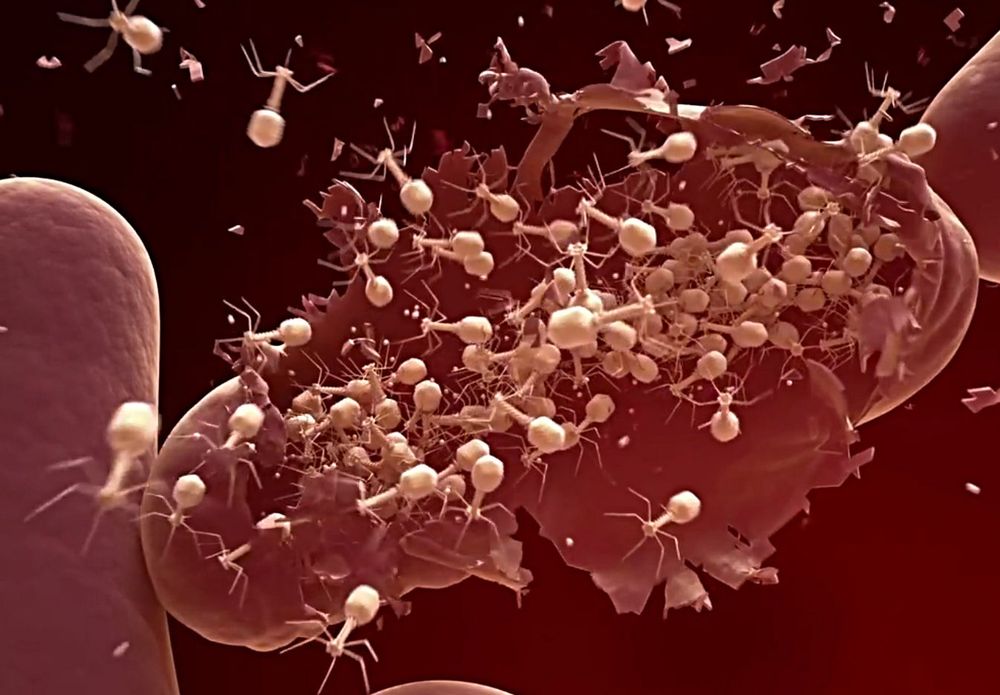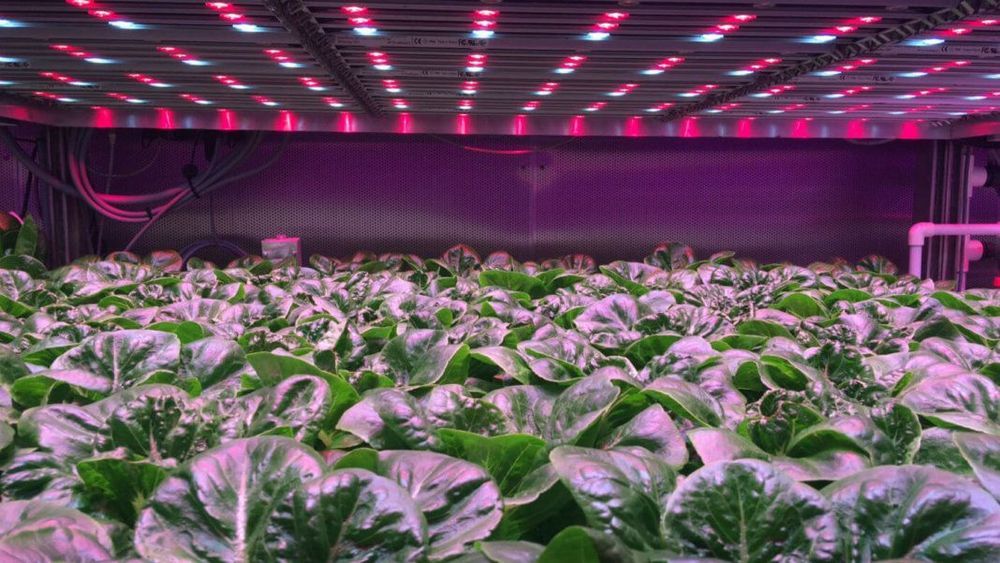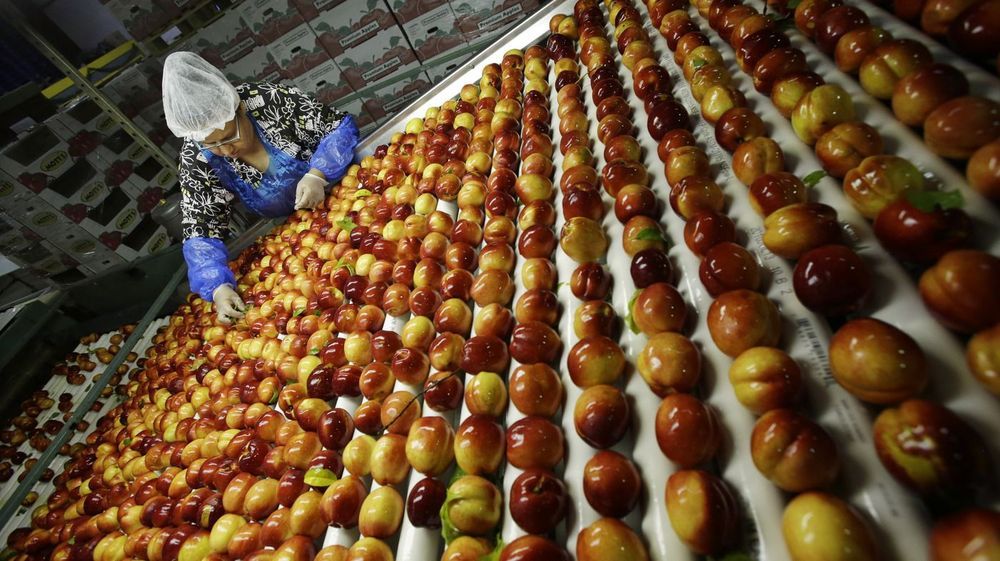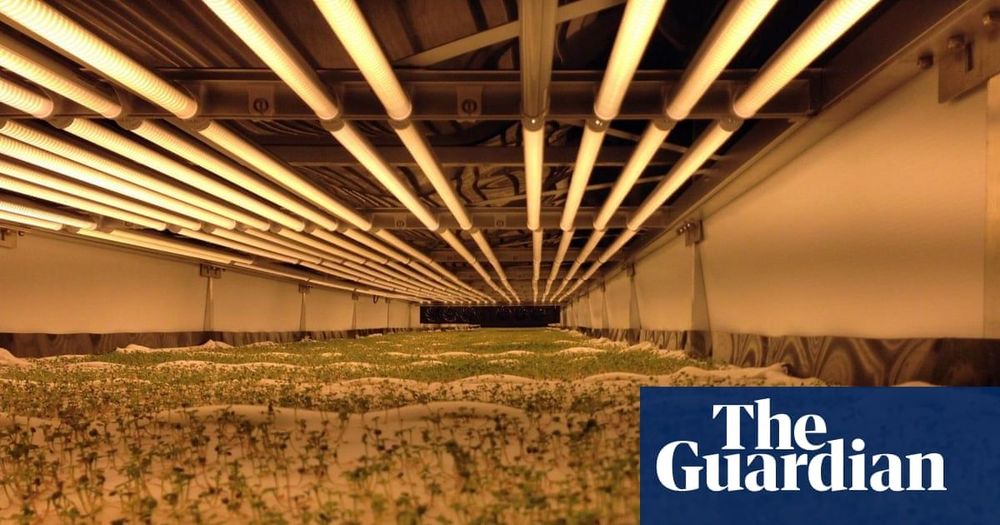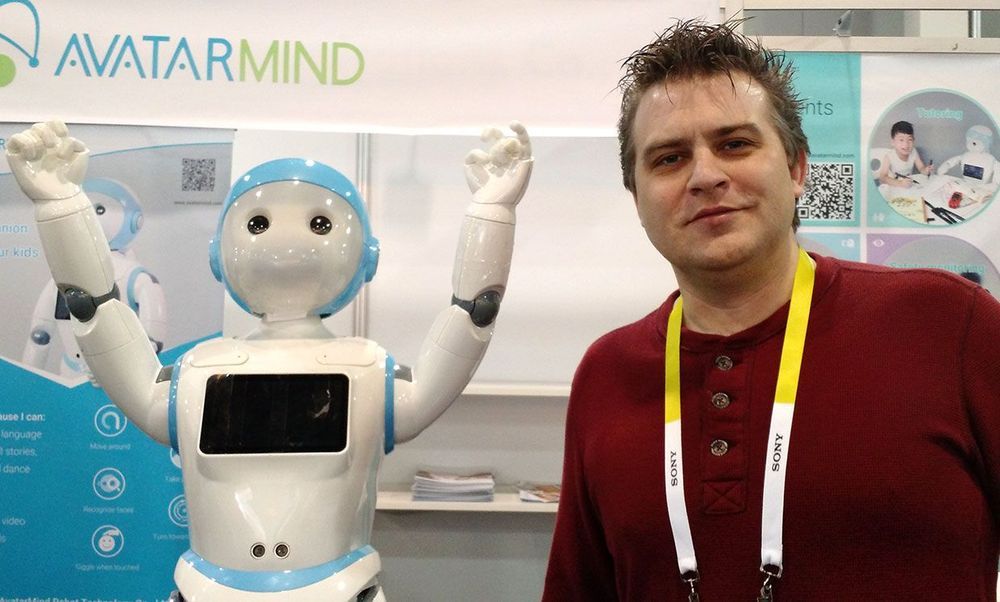Jan 24, 2020
How smartphone apps changed the way people live in China
Posted by Derick Lee in categories: finance, food, mobile phones
Fast forward 10 years and Li’s life has completely changed. No longer in finance, he communicates via WeChat and uses apps on his iPhone XS to order food, hail taxis, pay bills, and shop.
Most of the apps that permeate the daily life of Li and hundreds of millions of other Chinese had their beginnings at the start of the decade.
The 2010s will be remembered as the decade when smartphone apps became ubiquitous, spawning new Chinese tech giants whose platforms forever changed the way people live.
Continue reading “How smartphone apps changed the way people live in China” »

